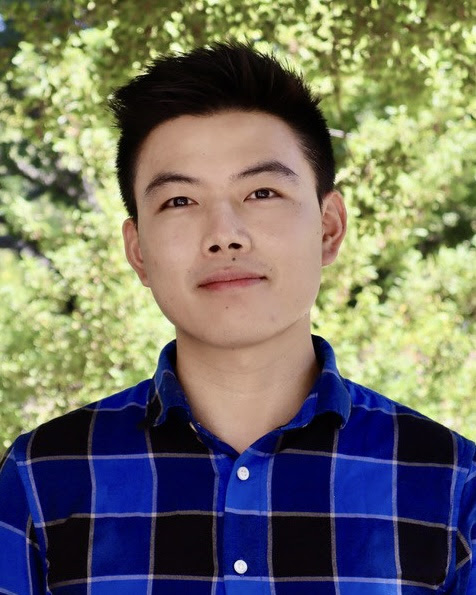PET Image Quality Enhancement for RefleXion X1 Biology-Guided Radiotherapy (BGRT) System Using Patient-Specific Mean Teacher UNet (MT-UNet)
J Fu1*, Z Zhang1, L Shi1, Z Hu2, P Dong1, G Pratx1, L Vitzthum1, D Chang1, L Xing1, W Liu1, (1) Stanford Radiation Oncology, Stanford, CA, (2) Reflexion Medical, Inc., Union City, CA
Presentations
WE-C1000-IePD-F6-4 (Wednesday, 7/13/2022) 10:00 AM - 10:30 AM [Eastern Time (GMT-4)]
Exhibit Hall | Forum 6
Purpose: The RefleXion® X1 is the first BGRT system combining PET and CT with a 6 MV linac. It has dual 90-degree PET arcs to support radiation delivery that tracks the tumor. However, its PET images do not have high quality compared to a full-ring PET system. We proposed a patient-specific mean teacher UNet (MT-UNet) to improve RefleXion PET image quality.
Methods: NEMA PET body phantom and five cancer patients were scanned using the RefleXion system. Detected coincidence events were saved in list-mode format. We evenly split coincidence events into four sessions to reconstruct four “quarter-dose” images and post-filtered these images using RefleXion clinical standard parameters. Our proposed MT-UNet contains a student and a teacher UNet. Parameters of student UNet were optimized during training, while parameters of teacher UNet were updated using moving-average values of student model parameters. Consistency loss between outputs of two UNets was included to train MT-UNet. For each patient or phantom case, UNet and MT-UNet were trained to convert quarter-dose images to the full-dose image. The trained models were then applied to the full-dose image to generate enhanced PET images. The enhanced images were compared with the original full-dose image using the contrast-to-noise ratio (CNR) and signal-to-noise ratio (SNR).
Results: PET image of the NEMA phantom enhanced by MT-UNet achieved the highest CNR and SNR of four target regions-of-interest (ROIs) compared to the full-dose and UNet-enhanced PET images. Same for tumor ROIs of the patients.
Conclusion: Our proposed patient-specific MT-UNet achieved promising performance in improving the quality of images acquired on the PET arcs of RefleXion X1. It could be adapted to diagnostic PET systems and has the potential for improving low-dose PET. Future studies will include more patients to compare patient-specific and population-based deep learning models and differences in delivered BGRT dose using enhanced images.
Funding Support, Disclosures, and Conflict of Interest: This study was supported by RefleXion Medical.
Keywords
PET, Image-guided Therapy, Image Processing
Taxonomy
IM- PET : Machine learning, computer vision
Contact Email



